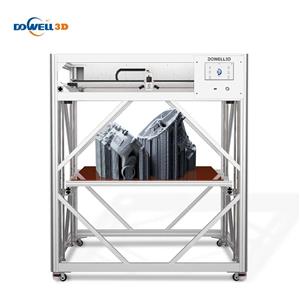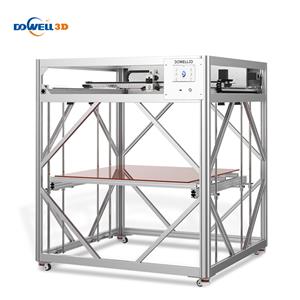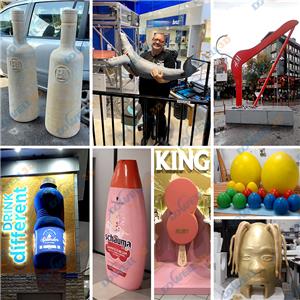The advantages of 3D FDM printing
The advantages of 3D printing traditional manufacturing can not match
Advantage 1: Manufacturing complex items does not increase the cost
As far as traditional manufacturing is concerned, the more complex the shape of the object, the higher the manufacturing cost. For 3D printers, the cost of manufacturing objects with complex shapes does not increase, and manufacturing a gorgeous object with complex shapes does not consume more time, skill or cost than printing a simple square. Manufacturing complex items without increasing costs will break the traditional pricing model and change the way we calculate manufacturing costs.
Advantage 2: Product diversification does not increase costs
A 3D printer can print many shapes, and it can make objects of different shapes every time like a craftsman. Traditional manufacturing equipment has fewer functions and limited types of shapes. 3D printing saves the cost of training mechanics or purchasing new equipment. A 3D printer only needs different digital design blueprints and a batch of new raw materials.
Advantage 3: No assembly required
3D printing can make the parts integrally formed. Traditional mass production is based on assembly lines. In modern factories, machines produce the same parts, which are then assembled by robots or workers (even across continents). The more parts of a product, the more time and cost it takes to assemble. The 3D printer can print a door and the matching hinge on it at the same time through layered manufacturing, without assembly. Omitting assembly shortens the supply chain and saves labor and transportation costs. The shorter the supply chain, the less pollution.
Advantage 4: Zero-time delivery
The 3D printer can print on demand. Instant production reduces the company’s physical inventory, and companies can use 3D printers to create special or customized products to meet customer needs based on customer orders, so new business models will become possible. If the goods people need are produced nearby on demand, zero-time delivery production can minimize the cost of long-distance transportation.
Advantage 5: unlimited design space
Traditional manufacturing techniques and craftsmen have limited product shapes, and the ability to make shapes is limited by the tools used. For example, traditional wooden lathes can only produce round objects, rolling mills can only process parts assembled with milling cutters, and mold making machines can only produce molded shapes. 3D printers can break through these limitations, open up a huge design space, and even make shapes that may currently only exist in nature.





